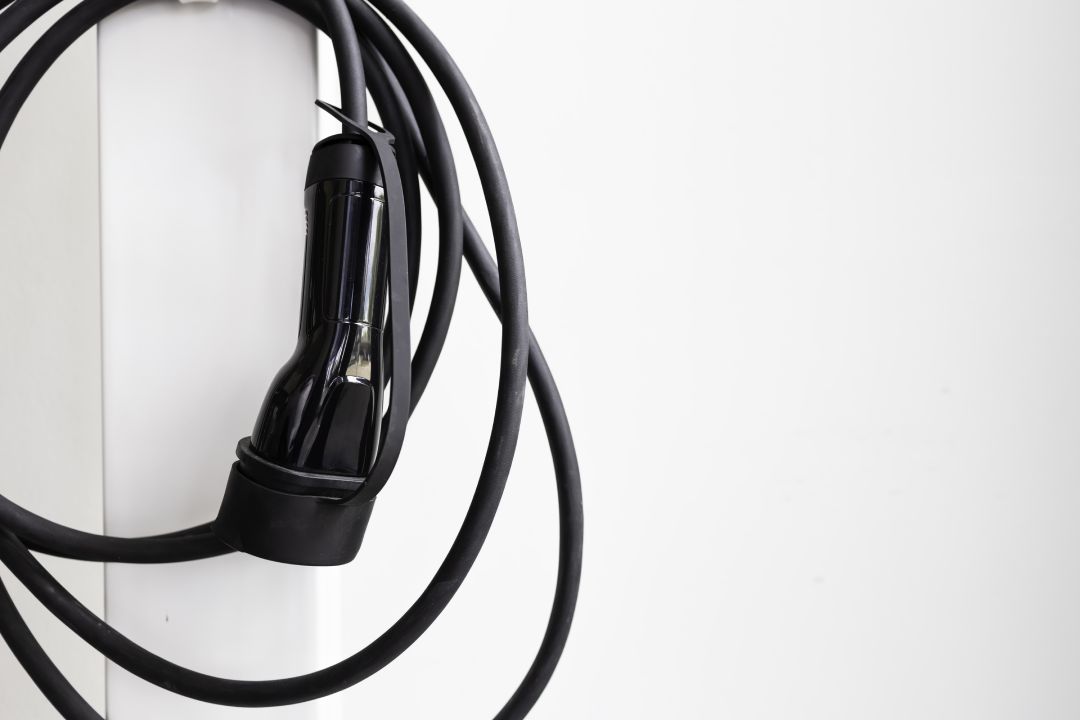How to Choose the Right EV Charging Cable
Did you know that global EV adoption is projected to grow by over 25% annually, with millions of new drivers entering the market each year? Selecting the right EV charging cable is crucial for ensuring efficient, safe, and hassle-free charging. With so many options available, it can feel overwhelming to find the perfect match. This guide will help you navigate the choices by breaking down the key factors to consider so you can make an informed decision and enjoy a seamless EV charging experience.

1. Determine the Connector Type
The first step in selecting an EV charging cable is ensuring it’s compatible with your vehicle’s charging port. Here are the main connector types:
Type 1: Common in North American and Japanese vehicles, it’s a single-phase connector suitable for Level 1 and Level 2 charging.
Type 2: Widely used in Europe, it’s a three-phase connector and the standard for public charging stations in many countries.
GB/T and CCS: These are specific to certain regions or vehicles requiring fast charging capabilities.
Tesla Proprietary Connectors: Tesla vehicles often use unique connectors but support adapters for broader compatibility.
Understanding your car’s charging standards is essential for finding a compatible EV charger and cable that meet your needs. A little research upfront can save you time and ensure you’re making the right choice.
2. Assess Charging Speed Requirements
Not all EV charging cables are created equal when it comes to speed. Here’s how to match the cable to your charging needs:
Level 1 (Slow Charging): Ideal for standard household outlets (110V), Level 1 is best suited for overnight charging or low daily usage.
Level 2 (Faster Charging): These 240V cables significantly reduce charging time and are perfect for home installations.
DC Fast Charging: For drivers who frequently use public charging stations, DC fast chargers require specialized cables that deliver high-speed charging.
Choose an EV charging cable tailored to your driving habits and the available charging infrastructure, ensuring convenience and efficiency. For additional context, check out this detailed comparison of Level 1, Level 2, and DC fast chargers on Tayniu’s website to better understand their differences and applications.
3. Check Cable Length
Cable length is often overlooked but plays a critical role in convenience. A cable that’s too short may not reach your car, especially in garages or outdoor setups. Most EV charging cables come in standard lengths like 16ft, 25ft, and 32ft. To determine the ideal length, measure the distance between your vehicle’s charging port and your power outlet, accounting for any obstacles or unusual parking setups. Consider your parking arrangement and opt for a cable that provides flexibility without excessive slack.
For example, Tayniu’s Portable EV Charger and Wall Mount EV Charger have a regular charging cable length of 6M (about 19.69 ft), which is usually enough for home use. Of course, you can contact us for customization if you need a longer cable.
4. Evaluate Power Rating and Durability
Your EV charging cable should match the power output of your charger and vehicle. For example:
A 7kW cable is sufficient for most Level 2 chargers.
Vehicles supporting higher charging speeds, like 11kW or 22kW, require compatible cables.
Additionally, check for durability features like:
Weatherproofing: Look for cables with IP ratings (e.g., IP66 or higher) for outdoor use.
Reinforced Materials: A robust build prevents wear and tear, ensuring longevity.
5. Ensure Safety Standards Compliance
Safety should always be a priority. When choosing an EV charging cable, verify it meets safety certifications such as:
UL: Ensures compliance with North American safety standards.
CE: Common in European markets, indicating safety and performance.
TÜV: A German certification for electrical safety.
Cables with overcurrent, overvoltage, and short-circuit protection add an extra layer of security, reducing risks during charging.
6. Budget and Brand Considerations
The price of an electric car charger may vary depending on the certification, length, and features of the EV charging cable. While affordable options can be tempting, investing in a trusted brand ensures quality and support. Look for EV charger brands with positive reviews, solid warranties, and reliable customer service. Well-known brands like Tayniu, JuiceBox, and Grizzl-E are celebrated for their dependable performance and customer support, making them excellent options to consider. Paying a little extra upfront can save you from costly replacements later.
Tayniu can customize the length of the EV charging cable, and most models are TUV certified.
7. Additional features to look out for
Modern electric vehicles often come with additional features that increase convenience and functionality:
- Smart charging features: Some chargers are integrated with apps that enable scheduling, monitoring energy use, and optimizing charging times.
- Future-proof design: Detachable connectors or adapters ensure compatibility with newer models.
- Portability: Lightweight and compact portable EV chargers are ideal for drivers on the go.
Choosing the right EV charger with a high-quality charging cable doesn’t have to be complicated. You can confidently select a setup that fits your needs by focusing on compatibility, performance, and safety. Understanding your vehicle’s requirements, determining the ideal power and cable length, and prioritizing quality will help you make an informed decision. Whether you’re charging at home or on the go, the right choice ensures convenience and peace of mind.
Ready to upgrade your EV charging experience? Check out our top-rated chargers and start enjoying reliable, hassle-free charging today!
Visit the links below for more information:
- U.S. Department of Energy (DOE): Overview of Level 1, Level 2, and DC Fast Charging Principles and Application Scenarios.
- Zap-Map (for European users): contains common usage scenarios for Type 2 and CCS chargers.
- European Commission – CE Marking: Explains the importance of CE marking for consumer protection and equipment compliance.
Last Updated on January 10, 2025 by tayniu
